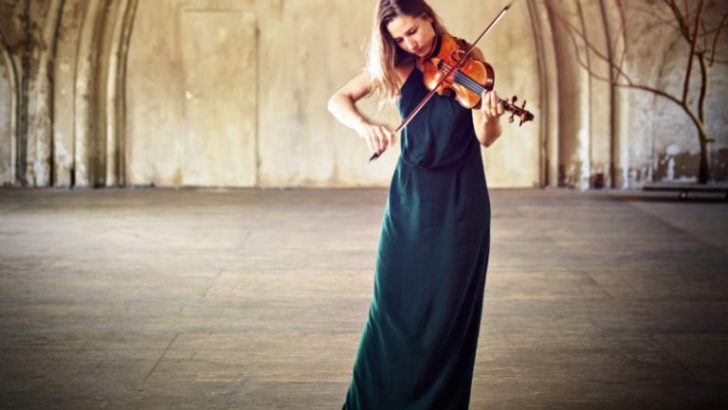Mozart’s two Piano Quartets date from the mid 1780s – a period that also brought, among many other things, five of his major piano concerti, two important string quartets and his opera Le nozze di Figaro.
While there were earlier incursions by less well-remembered figures into the piano quartet arena, it took Mozart to raise its status on to an unprecedented plateau. In his two quartets he found a way of giving each instrument – violin, viola, cello and piano – its rightful sense of independence.
According to the composer’s own catalogue, the K 478 G minor Quartet was completed on October 16, 1785 and was among a number of works requested by the Viennese publisher, Franz Anton Hoffmeister, who was also a composer. In it Mozart treats his four instrumentalists as equals, with the concerto-like piano part well balanced against the continuously interesting string writing.
However, Hoffmeister, hoping for something to suit the amateur market, was dissatisfied with what Mozart submitted, complaining the music was too difficult and that the public would never buy it.
He told the composer to write in a more popular vein or else he would neither print any more of his music nor pay him.
The disgruntled Mozart responded: “Then I will write nothing more, and grow hungry or maybe the devil take me!” But he did write another Piano Quartet – in E flat major K 493 – completing it on June 3, 1786. This time the more obliging firm of Artaria published it.
Distinguished
But why am I telling you all this about Mozart’s Piano Quartets? Well, the Swiss record company Claves has recently issued a CD of both of them played by an ensemble of distinguished European musicians – Dutch violinist Rosanne Philippens, Hungarian violist Máté Szücs and cellist István Várdai and our own celebrated Finghin Collins.
The CD launch took place, just before Covid-19 restrictions, in the convivial atmosphere of the Swiss Embassy on Dublin’s Ailesbury Road. Ambassador Louis-José Touron was the genial host and speaker and, with Finghin Collins at the piano, Mia Cooper, Ed Creedon and William Butt stood in for the CD’s string players to present a sample of the disc’s music. The occasion, which included some appetising Swiss cuisine, was highly agreeable.
Interestingly, the recording was made in the excellent acoustic of St Peter’s Church of Ireland in Drogheda in May 2019. The CD sound is bright and spacious with the instrumental rapport handsomely blended. Despite the musicians’ individuality they coalesce perfectly and convey positive feeling for the music and single-mindedness in their approach to its interpretation.
Ms Philippens, who studied in The Hague and Berlin, plays a Stradivarius violin dating from 1727 while István Várdai’s cello, also a Stradivarius, has a 1673 imprimatur.
It was previously owned by the late English cellist Jacqueline du Pré.
Máté Szücs, principal viola with the Berlin Philharmonic for seven years from 2011, is currently a professor in Geneva’s Music University. Like his CD companions, he also pursues a worldwide performing career.
The number of the splendid CD is Claves 50-3002.


 Rosanne Philippens
Rosanne Philippens 